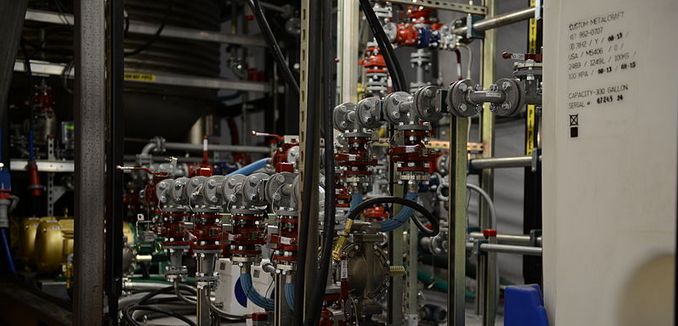Late last month, Syrian rebels reported another chemical attack perpetrated by the government of Bashar al-Assad. Subsequently, a senior Israeli defense official told Israel Radio that Assad had again used chemical weapons, though this time they were “nonlethal agents were used to incapacitate opposition fighters.” This would be the first time Assad’s forces have used proscribed chemical weapons since the August 21, 2013 attack that killed as many as 1,300 people, raising question about the comprehensiveness of the agreement Syria made to rid itself of chemical weapons to avert possible military action.
A press release from the Syrian American Medical Society (SAMS), a non-political humanitarian organization, gave details of the March attack.
The Syrian American Medical Society (SAMS) strongly condemns an attack by poisonous gas in Harasta, a northeastern suburb of Damascus, on March 27th. At least 25 people were injured and four were killed in the attack. All victims were taken to a SAMS supported facility in the area. SAMS physicians confirmed the poison gas attack in Harasta, explaining that patients suffered from hallucination, accelerated pulse, trouble breathing and, in some cases, suffocation.
According to the Times of Israel, the Israeli defense official said that the chemicals used in the recent attack were not among those that Assad agreed to ship out.
According to the official, the compound used in the attacks was not listed among the chemicals that Syria committed to dispose of when it signed an agreement in September 2013 to give up its chemical weapons. …
Israeli Defense Minister Moshe Ya’alon said on Monday that 60 percent of Syria’s chemical weapons have been removed from the country in recent months in accordance with the agreement.
Israeli intelligence confirmed last August’s chemical attack.
Practically speaking, the international community must not only ensure that Syria’s “official” 1,300 tons of chemical agents are destroyed, but also that no additional, undeclared stockpiles remain in Syria. This includes a variety of incapacitating chemical warfare agents that the Assad regime could innocently describe as “riot control agents.” Further complicating matters, the regime possesses several delivery systems that can be used for employing unitary chemical weapons, binary chemical weapons, and conventional payloads.
Recent Syrian military successes could be attributed to the logistics of the disarmament deal, which led to the United States effectively “enabling regime military gains in Syria.”
[Photo: Todd Lopez / WikiCommons ]




